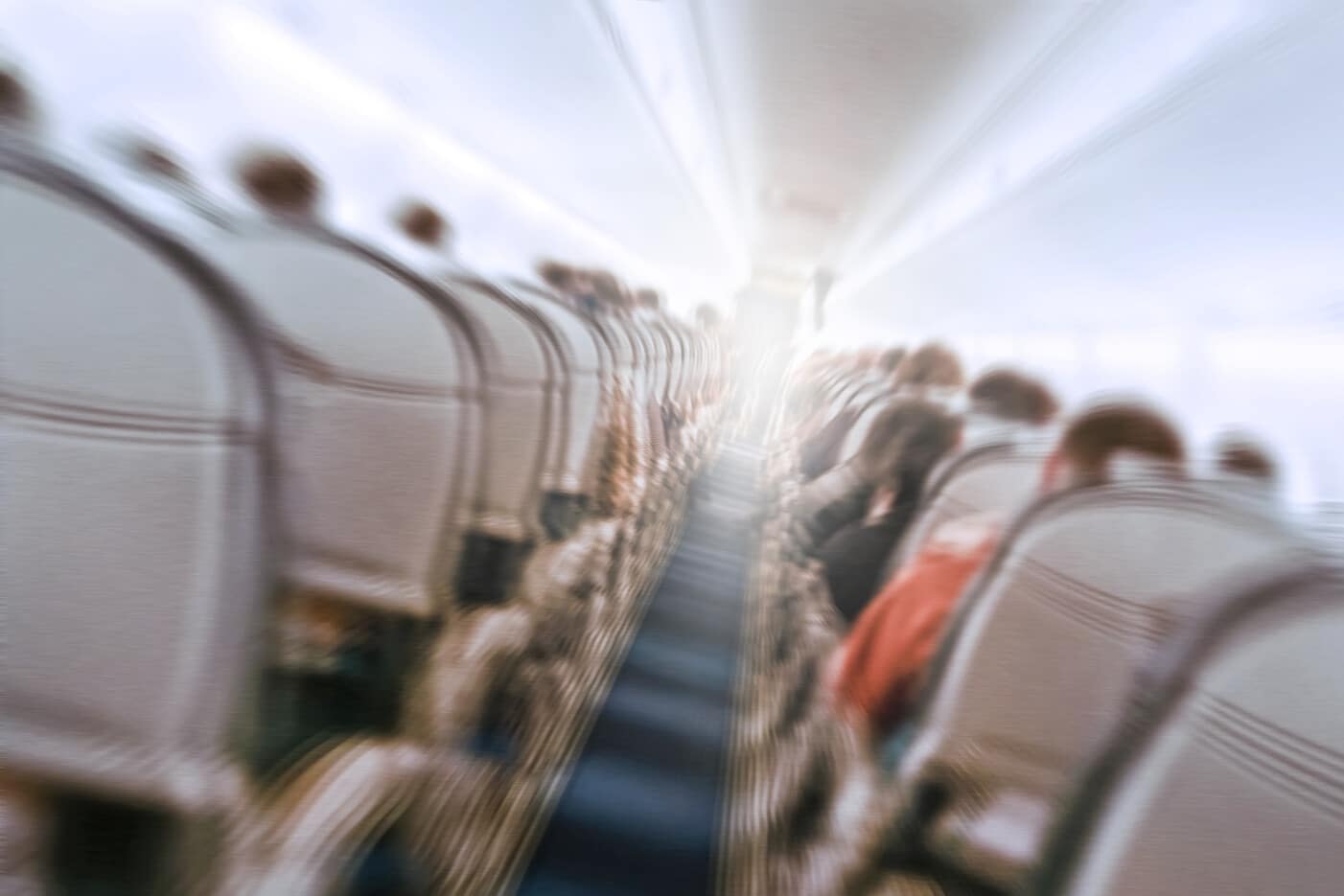Did You Know? Clear Air Turbulence

Did you Know? Clear Air Turbulence is Sudden Severe Turbulence Unrelated to Storms?
This week, Singapore Airlines Flight SQ321 from London to Singapore encountered severe turbulence over the Andaman Sea resulting in the death of a passenger and serious injuries to other passengers. Over 80 passengers required hospitalization after the pilots made an emergency landing in Bangkok, Thailand.
Aviators are taught that turbulence is commonly associated with thunderstorms. However, the type of turbulence encountered by Flight SQ321 is most likely what pilots call clear air turbulence or “CAT”. In an advisory circular published by the Federal Aviation Administration (FAA), clear air turbulence is defined as sudden severe turbulence occurring in cloudless regions that causes violent buffeting of aircraft. This term is commonly applied to higher altitude turbulence associated with wind shear.
According to the FAA, turbulence accounted for serious injuries to 30 passengers and 116 crew members from 2009 to 2021. Atmospheric researchers in the UK published a 2023 report showing that the total annual duration of severe turbulence had increased by 55% between 1979 and 2020. The increased prevalence of severe turbulence is costing the airlines significantly in fuel costs, flight delays, and routing diversions around areas of known turbulence. These costs and the associated delays and disruptions are inevitably passed on to airline customers.
Sudden encounters with turbulence, whether in clear air or proximity to thunderstorms, present a significant danger of in-flight injury to passengers. Passengers should always remain securely buckled in their seats and not get out of their seats when the seatbelt sign is illuminated or an announcement of possible turbulence is given by the pilots or flight attendants.
Have Questions? Speak to an Experienced In-Flight Injury Lawyer Today
If you or a family member suffered a serious in-flight injury, there are probably a myriad of questions you want answered. Who is responsible for covering your medical expenses? What happens if you need to take time off work to recuperate from your in-flight injury?
The airplane accident injury attorneys at Slack Davis Sanger are here to help and can offer guidance on what steps you should take following an in-flight injury. Our team of seasoned personal injury attorneys understands the nuances of federal regulations and the legal prerequisites necessary for a viable in-flight personal injury claim. Contact our office today to schedule a free, confidential consultation.
